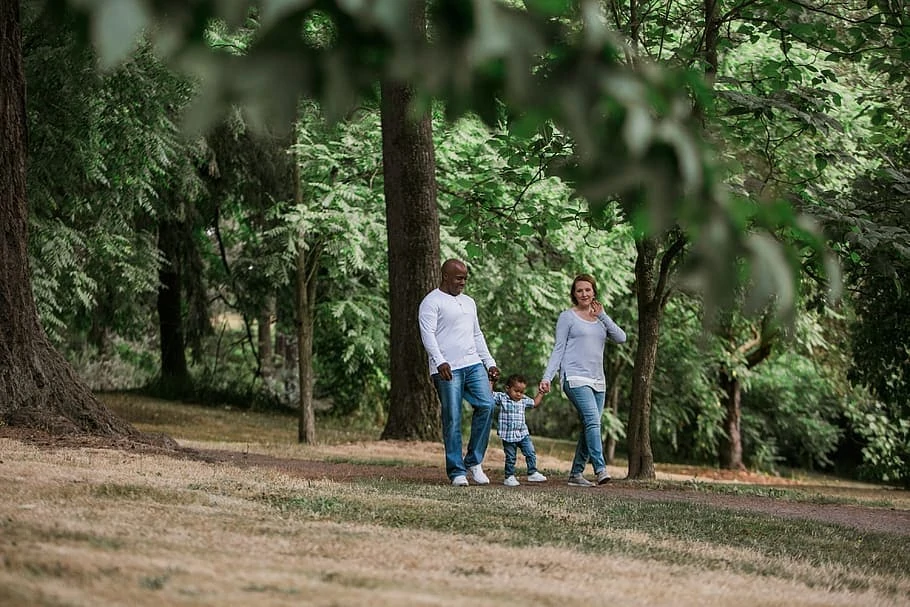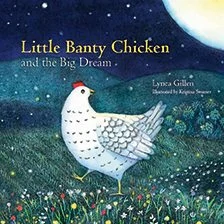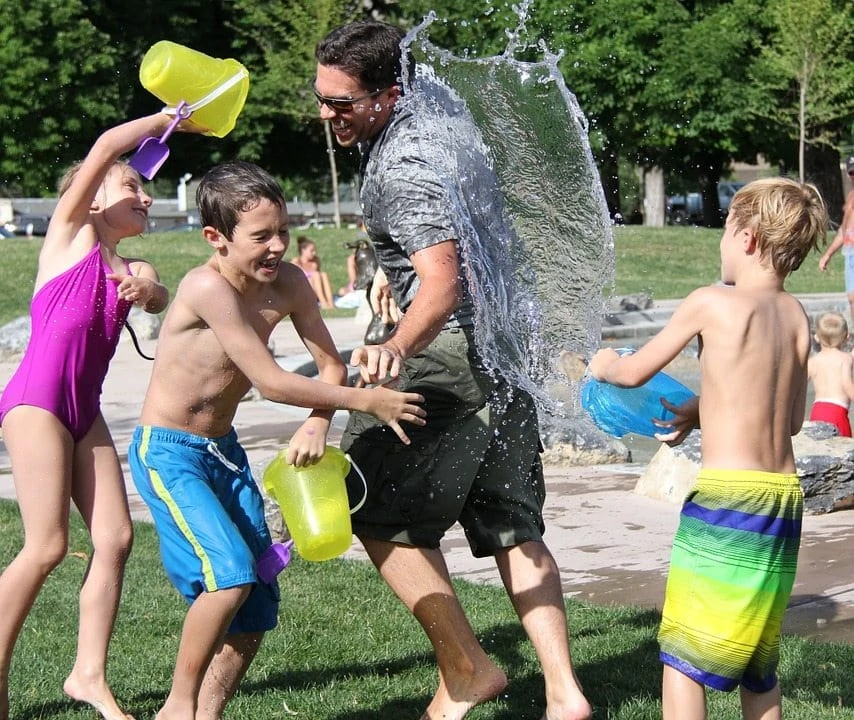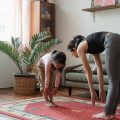If you followed the news at all over the 4th of July weekend, you likely saw beaches filled with an unsettling number of people, many ignoring the mask and social distancing guidelines for controlling the spread of COVID-19.
Though plenty of folks were concerned about what they saw, the behavior itself was understandable. Sure, there were those who flouted the guidelines for political reasons or from the belief that COVID has been overhyped. But it’s also true that humans can only cope with staying inside and isolated for so long.
buy feldene generic bloinfobuy.com/feldene.html over the counter
As “cabin fever” sets in, we may grow anxious or moody. We may find that we have trouble sleeping and that our sense of time is all askew. The only “cure” we can see is to get out and about.
In these strange days, the challenge is how to do that safely.
Why Does Time in Nature Matter So Much?
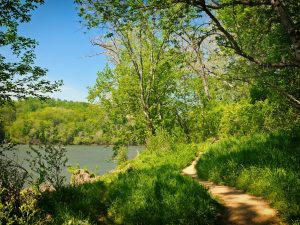
Nature is our first home, after all. Despite all the technological advances that have allowed us to live quite apart from nature, we remain a part of it. We’re genetically hardwired for it and the beauty of natural settings.
Time in nature is especially important for children, especially now. As writer Richard Louv, author of Last Child in the Woods: Saving Our Children From Nature-Deficit Disorder, recently explained to the New York Times,
Before the pandemic, more children were spending their lives mostly indoors, and the spread of the coronavirus has likely accelerated that, and, in turn, deeply affected them….
He added, “As young people spend less of their lives in natural surroundings, their senses narrow, both physiologically and psychologically.”
Indeed, as the Times article goes on to note, a growing body of research continues to clearly link children’s healthy development and well-being to time spent in nature.
For example, adding greenery to school play yards has been shown to increase prosocial behavior in kids. They help, cooperate, comfort and share more; the loss of access to this greenery has the opposite effect.
buy fildena generic bloinfobuy.com/fildena.html over the counter
Similarly, research by Dr. Ming Kuo of the University of Illinois “has shown that access to green space decreases aggression and attention deficit hyperactivity disorder symptoms, and boosts the immune system.”
Time outside also provides a healthy dose of vitamin D – a nutrient that early research suggests may be protective against COVID-19. And while research – and debate – continue about this possibility, D is still an essential nutrient that all of us need, pandemic or not.
Ideas for Staying Engaged with the Natural World – Safely
If you have access to green space or live in a region where state and national parks are open and welcoming guests again, we encourage you to take advantage of it, to spend time alone or with your family in nature to accept its gifts. Even just walking through a shady neighborhood can be rejuvenating.
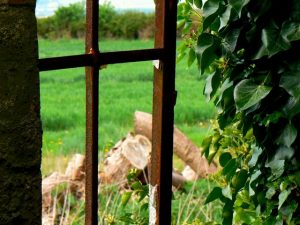
Fortunately, research has also shown that simple exposure to nature – even if mediated by a screen or window – can have beneficial effects. One of Louv’s tips for keeping engaged with nature while sheltering in place is to create a “world-watching window” or other opportunities to bring the outside in.
“Find a window view or other view designed to induce feelings of deep relaxation, awe, and vitality—it will take you away from your inward-facing world,” suggests Dr. De Pluma…. [W]orld-watch window activities can include cloudspotting, bird-watching, and more. Keep handy: a nature notebook, field guides for birds and stars, binoculars, a telescope, a digital camera with a telephoto lens, and maybe even a sound recorder to capture the sounds of the natural world. Other ways to bring the outside in: Indoor plants, as many as possible, will help. Especially native species. No plants? Send for seeds, especially for native plants if you can find them, and make an indoor garden in your apartment or house.
Another fun way for the whole family to engage with nature without leaving home is to take advantage of wildlife cams. You can watch everything from bears playing in an Alaskan river to zebras and giraffes visiting the Tau Waterhole near the border between South Africa and Botswana on the dozens and dozens of cams over at explore. Or watch otters, jellyfish, penguins, and more on the 10 live cams hosted by the Monterey Bay Aquarium.
But if you and your family can get outside, all the better. In fact, we’d say it’s a crucial part of supporting your health through these trying times. We encourage you to explore Louv’s tips at the link above, as well as the additional list of ideas for safe nature activities here.
Window image by Brian Robert Mitchell, via Geograph

